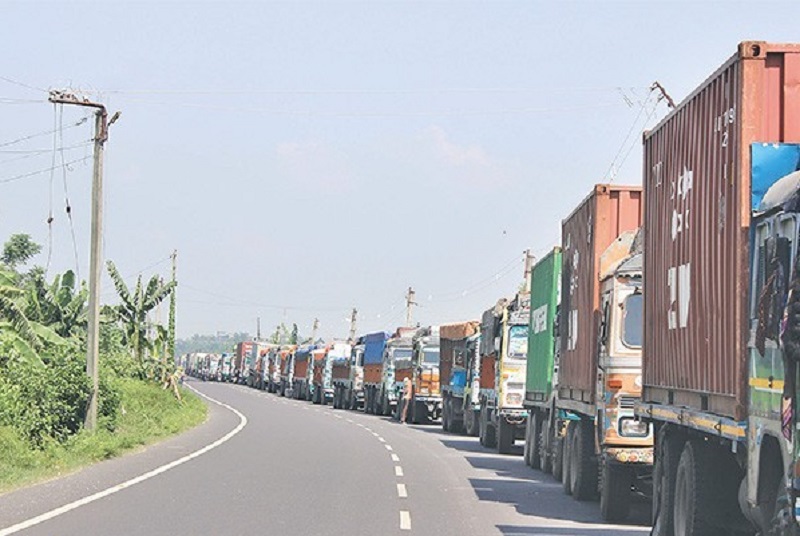Inflation rate drops to 9.5pc

Kathmandu, May 14 – The inflation rate has dropped to single digit for the second time in nine months of the current fiscal year, thanks to moderation in the price of non-food items.
The 9.5 percent is the lowest price rise, improving on the previous record of 9.8 percent in mid-January, according to the latest Nepal Rastra Bank (NRB) report on the country’s macro-economy. The inflation had remained in double digits for the four months until mid-April.
NRB Executive Director Min Bahadur Shrestha said that price rise came down to single digit in mid-April due to moderation in non-food items which stood at 8.7 percent. Inflation on food stuff continued to hover around double digit, at 10.3 percent.
Shrestha, who also heads the central bank’s research department, said the price of non-food items eased as the rupee gained strength against the US dollar in the recent months.
Among food items, meat and fish witnessed the highest price rise of 16.2 percent, while the education sector remained the most expensive among the non-food items, at 12.5 percent.
In another bright sign for the economy, the balance of payment (BoP) grew by Rs 19 billion in a single month to boast a surplus of Rs 30.77 billion in the review period— the highest in this fiscal.
BoP, the monetary balance of the country after export and imports of goods and services, had been in a precarious situation in the initial months this fiscal despite a record surplus in the last fiscal.
“The latest encouraging figure appeared as the country received a large chunk of foreign grant worth Rs 7.88 billion in a single month on slowing imports and stable remittance,” said Shrestha.
According to the report, remittance inflow grew by 21.9 percent while imports increased by 20.3 percent which had been much higher in the period until mid-April.
However, the country’s export figures was disappointing with the trade deficit rising by 23.6 percent to Rs 351.67 billion during the review period.
Country’s export increased by just 3.5 percent to Rs 57.16 billion which is not enough to purchase petroleum products whose import bills reached as high as Rs 78.61 billion.
In the banking sector, banks and financial institutions (BFIs) witnessed a drop in deposit collection even as lending grew rapidly.
According to the report, new deposit collection of BFIs reached Rs 85.44 billion compared to Rs 110.73 billion during the same period last fiscal year.
On contrary, size of lending soared to Rs 143.94 billion from Rs 86.49 billion during the review period last fiscal.
“The central bank itself encouraged increased lending but in productive sector after disappointing lending last fiscal,” said Shrestha. However, central bank officials have been saying that it also hit liquidity of the banking sector with the government’s failure to spend resources being cited as the chief reason.
Shrestha said that a substantial increase in lending to productive sectors such as agriculture and industrial production was another welcoming aspect.
According to the report, credit to industrial production sector increased by Rs 27.65 billion in the review period while growth was Rs 17.86 billion last fiscal. The agriculture sector also witnessed credit growth of Rs 8.02 billion. The central bank has forced the BFIs to increase lending to agriculture and hydropower to 10 percent of the total lending.
Via:TKP

"There are mixed results in half-yearly budget progress"

Total government spending amounts to Rs. 667.60 billion in 6 months

"There are promising signs of economic recovery"

Finance Minister Paudel directs to meet revenue target

Suspended Chief Secretary Aryal acquitted in corruption case

Dhakal elected HCCN Dean

Price of salt goes up







Feedback